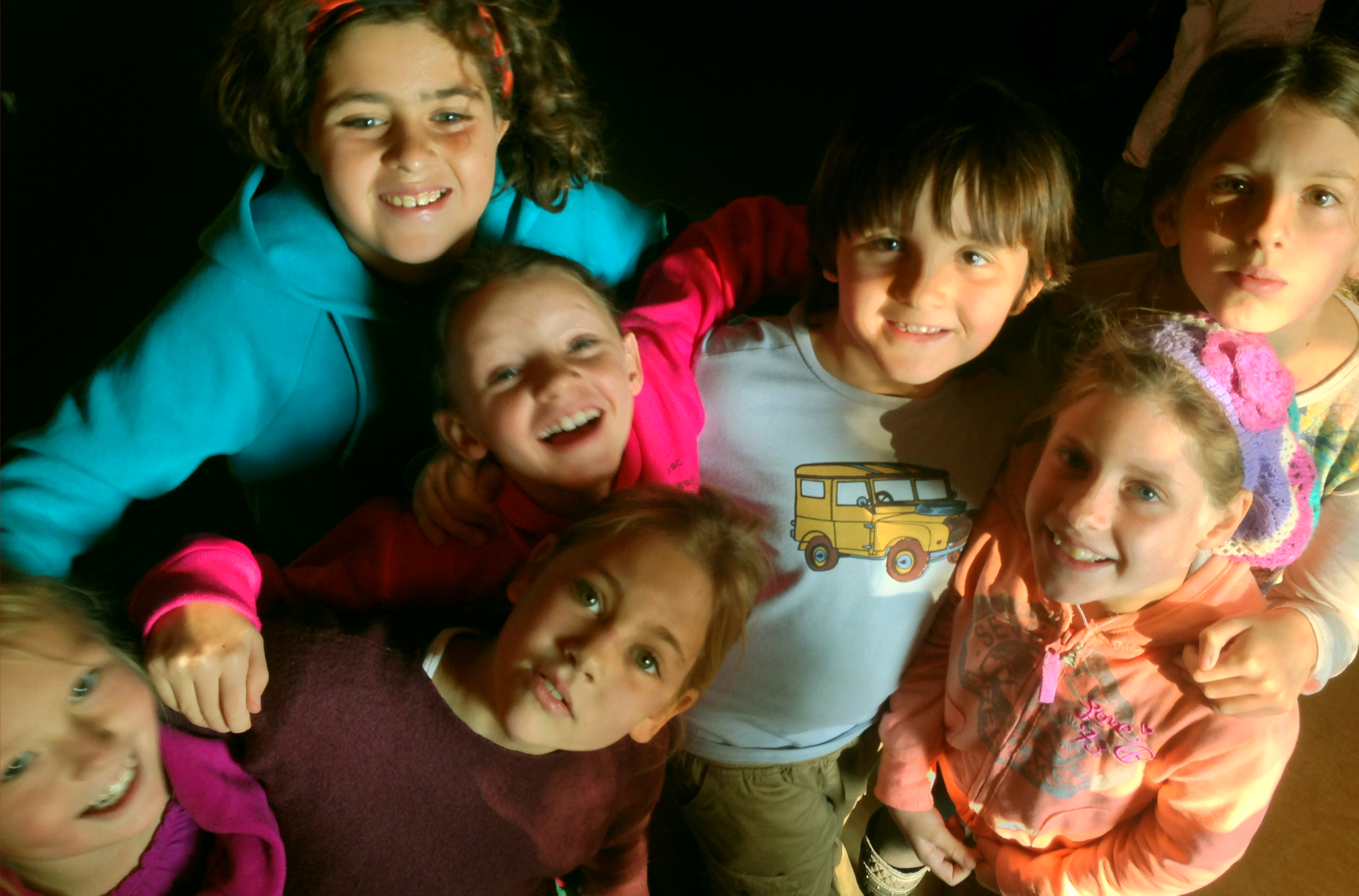Question 2
Is it correct to consider the todays Bushmen as the descendants of ancient San people who left the great rock art paintings in the Drakensberg?
It is correct to assume that the people’s we collectively call Bushman today are directly descended from the ancient race before them, a stream of humanity changing and evolving through it’s time on earth. The ‘ancient race’ may be understood as those who came before the ‘first people’, and who were, if anything, the archetypal human, still bound to the animal nature within. This is the time when ‘the animals were people’, the time of animal-man, and one hears in many of the stories told of the ancient race of how they gradually extricated the animal nature out of themselves, out of the ‘rising’ human being, and of how they finally banished the animal nature out of themselves so that they could become fully human, the First People . . . the first Self-conscious humans. The stories told by the elders bear witness to this relationship with the animal kingdom.
I refer to stories relayed in my book regarding The Ancient Race as well as the animal nature in the evolving human being; ‘The Bushman Winter Has Come’ on pg. 73, 74, 75.






